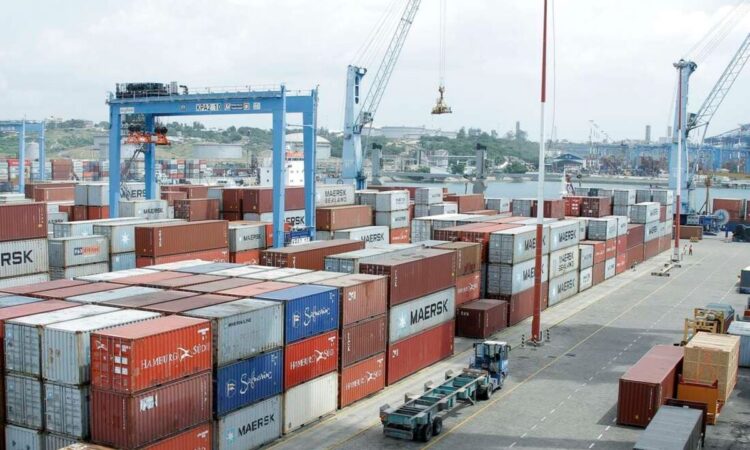
Kenya finds itself at a crucial juncture in its economic trajectory. The shilling has experienced significant depreciation against the US dollar and other major world currencies. For the first time, the shilling has hit a record high of 160 to the dollar. Equally, the shilling has lost value against Ugandan and Tanzanian currencies.
This depreciation has driven up import costs of food, fuel, raw materials, and medicine, among many others. The resultant inflationary pressure for Kenya has had a huge impact on the overall cost of living.
Embracing an export-led growth strategy holds the potential to reverse the situation and mitigate against the free fall of the local currency.
Export-led growth has proven to be an effective strategy for developing economies facing currency depreciation and trade imbalances.
By harnessing the nation’s manufacturing potential and diversifying export markets, Kenya can bolster its economy and restore the value of its weakening currency. In 2023, Kenya Association of Manufacturers undertook an extensive sectoral deep dive to evaluate the export potential for Kenya across 20 value chains. The textile and apparel, leather and footwear, pharmaceuticals, and building and construction sectors among many others, have great potential for growth and exports.
About 60 years ago, South Korea was one of the poorest countries in the world, with a GDP per capita of no more than US$87. Comparatively, Kenya had a GDP per capita of US$107 at the time. In 2023, Kenya’s nominal GDP is circa US$110 billion while South Korea’s stands at US$1.7 trillion.
On this background, Kenya can retrace the economic growth pathway and perhaps copy and paste South Korean development model and change our policy stance in favour of export-oriented policies and move on to the high growth trajectories.
While advocating for export-oriented policies, it is important not to lose focus on import substitution. In agriculture, for example, KAM’s analysis of several value chains, through the Agriculture for Industry Initiative, has identified enormous opportunities to save billions of dollars spent to import basic food items. Suffice to say that Kenya spent over US$3 billion in 2022 on the import of food. It is unfathomable how Malawi, a country with a nominal GDP of US$13 billion, supplies over 90 per cent of peanuts for industrial production worth Sh5 billion to Kenya.
To achieve successful export-led growth, Kenya must enhance its competitiveness to be able to compete with other nations. The successful implementation of an export-led growth strategy necessitates strong partnerships between the government, private sector, and other stakeholders.
Collaboration will ensure a coordinated approach towards realising a common objective: revitalising Kenya’s currency. Utilising an export-led strategy will not only strengthen Kenya’s manufacturing sector but also improve the welfare of its citizens. As a nation, we must seize this opportunity and work together to propel Kenya towards economic resilience, elevating our global standing and guaranteeing a brighter future for generations to come.


